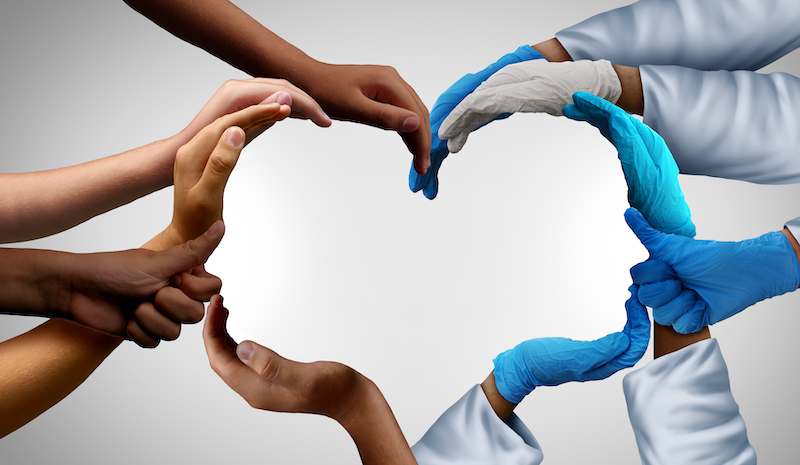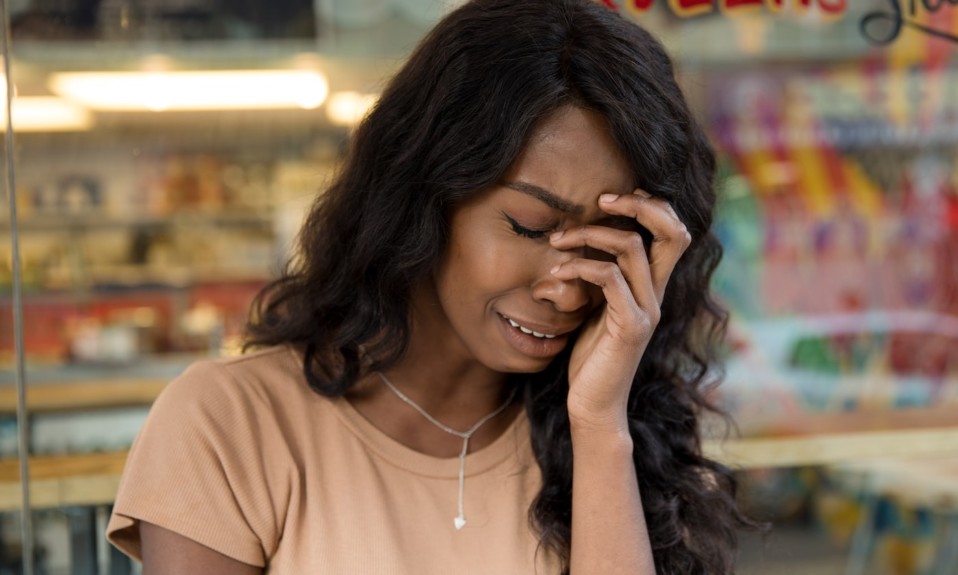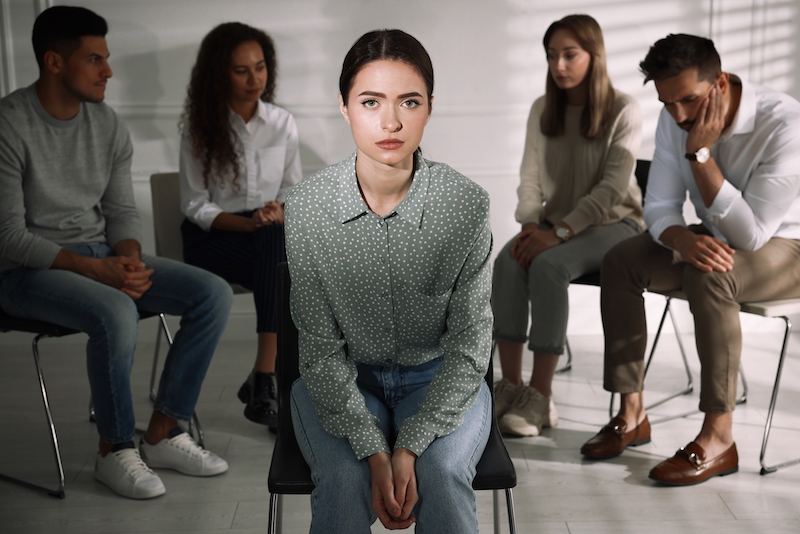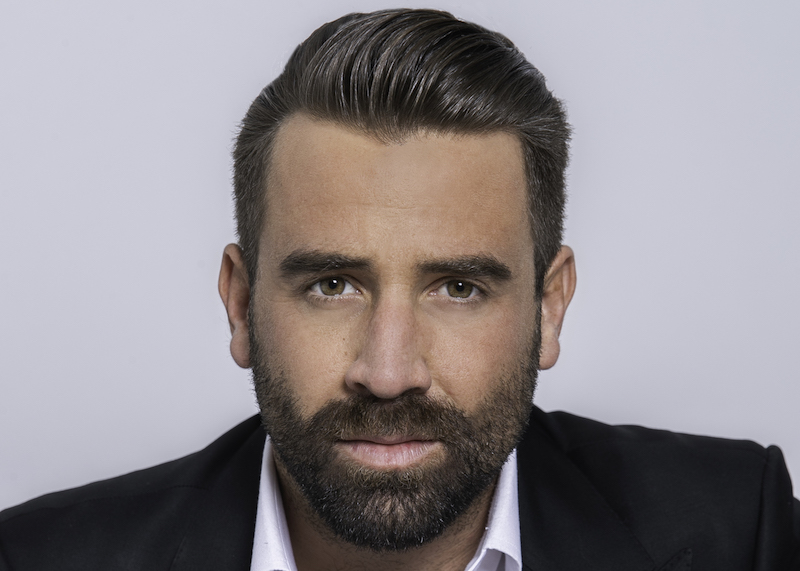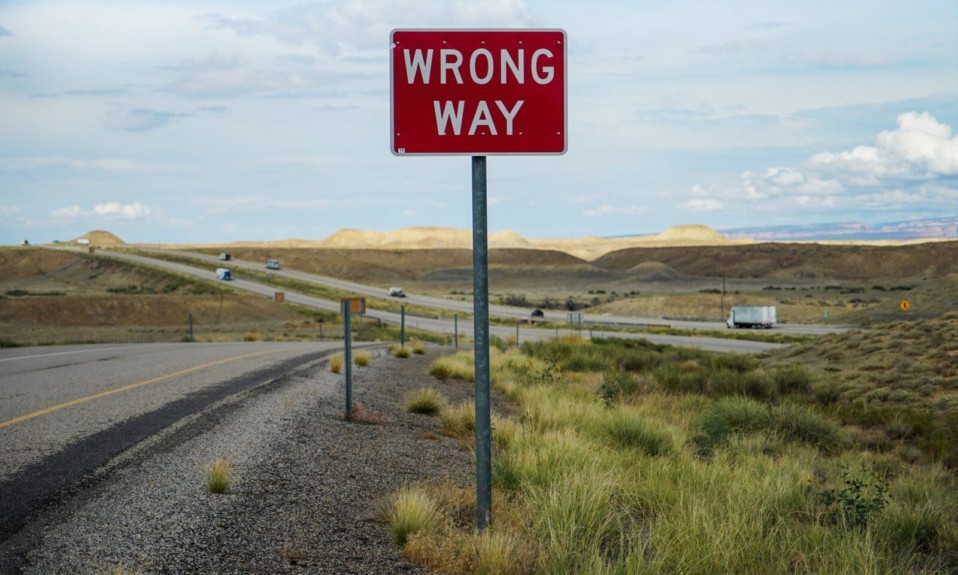Slowly, we’re realizing that a more pragmatic approach is needed to address the misuse of opioids and other substances
By Chad Sabora
“When they use in the street, they’re hiding in an alley alone. They’re hiding in a bathroom alone. If they overdose, there’s nobody there.”
Those are the words of Sam Rivera, executive director of the OnPoint NYC facility, regarding the reality facing thousands of people who struggle with substance use disorder (SUD). Society and the government have historically treated these individuals as pariahs, casting them to alleys, tents, roadsides and—most harmfully—the criminal justice system.
But we’re slowly evolving. We’re learning that ideas like the “War on Drugs” were simply economically and racially motivated attacks on a massive chunk of America. All they accomplished was to vilify these people. Words like “junkie” and “addict” were attached to people with SUD, and they were treated like second-class citizens. Most importantly, these strategies failed to help people in a meaningful way.
We must accept that recovery is not the goal for everyone. We must also realize that for the ones who are seeking recovery, the journey isn’t linear. Most people who recover from an SUD have back-and-forth struggles for years before they find a way to move forward. We have to provide life-saving services to everyone, regardless of the person’s objective.
The federal government took a massive step last December by hosting a harm reduction summit for the first time in the country’s history. That same month, the Substance Abuse and Mental Health Services Association (SAMSHA) announced an unprecedented $30 million grant for harm reduction programs. Soon we will see an expansion of harm reduction acceptance. Before that happens, however, the “traditional” treatment community deserves a better explanation of what harm reduction is and how it benefits not only people with substance use disorders but also the space as a whole.
A seismic shift in treatment requires a seismic shift in thought processes. Here are three ways we can begin to embrace the pillars of harm reduction:
Accept the Inevitable
The idea that we can stop people from using illicit drugs is a fantasy. The best we as a society can do is ensure that the risks associated with that use are minimized. Once we accept this, we can focus on at least reducing the damage caused to people with addiction and their families. We have to properly educate individuals to reduce the negative consequences—especially with overdose rates reaching an all-time high. This can’t just happen at the federal level. Cities and states need to institute their own harm reduction policies.
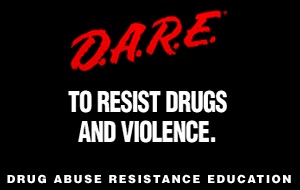
Fortunately, we already see that happening. In reaction to a soaring number of fentanyl-related deaths in Oregon, for example, the Oregon City School District unanimously voted to stock the overdose-reversal medication naloxone in schools and educate faculty and administrators on opioid ODs. Instead of repeating the mistakes of abstinence-based “Just say no”-era programs like Drug Abuse Resistance Education (D.A.R.E.), the school board is taking a pragmatic approach and is focusing on minimizing teen deaths.
Remove Guilt, Shame from the Conversation
Drug use doesn’t exist in a vacuum. There is a spectrum that ranges from recreational to chaotic, and understanding this allows us to break away from a black-and-white approach to providing treatment. Most individuals don’t realize the difference between recreational, problematic, high-risk and addictive drug use, and they lump everyone into the “addiction” category. Not all drug use is necessarily problematic; in cases where it is, we should make sure the substances are consumed as safely as possible.
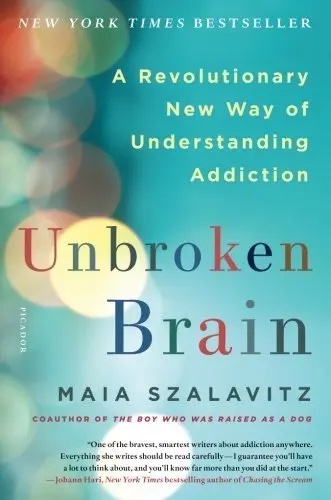
The Diagnostic and Statistical Manual (DSM) has a scale to define problematic drug consumption, with 10 diagnostic criteria that occur within a 12-month period. Meeting three of the criteria is considered “mild,” five is “moderate,” and six or more is “severe.” But society in general seems to throw everyone into two groups: “addicted” and “sober.”
Classifying everyone this way leads to guilting/shaming, which does little to motivate people to seek treatment and recovery. Maia Szalavitz, author of Unbroken Brain: A Revolutionary New Way of Understanding Drug Addiction, told Healthline, “When you are addicted, you’re constantly feeling shamed and humiliated and cut off from humanity and as though you are the lowest of the low. Making you feel worse is going to make you want to use drugs, not want to stop taking drugs. Addiction is defined as compulsive behavior that continues despite negative consequences. And humiliation is a huge negative consequence. If this stuff worked, addiction would not exist.”
Give a Voice to Everyone
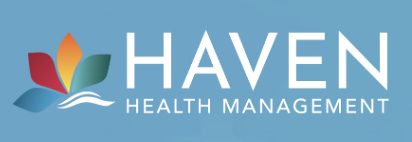
We need to allow individuals who are part of the community we’re trying to help to have a voice. Many of us who work in treatment have been in recovery ourselves for so long that we don’t fully grasp current challenges. Until we empower people to speak, we won’t be able to improve our programming. We also need to recognize that social inequalities and the disenfranchisement of various populations have directly resulted in mental health issues and substance use disorders. Empathizing with these communities is key. An organization I work with, Haven Health Management, is setting a high bar in this area. Haven doesn’t just use harm reduction buzzwords. Rather, it actively seeks out harm reduction experts, as well as those who are currently impacted by SUDs, to ensure its programming evolves.
Closing Thoughts on Harm Reduction
To be clear, we don’t ever want to minimize the risks associated with substance use. But the availability of more comprehensive harm reduction programs reduces people’s chances of going to treatment. It also creates an increased focus on diversion programs to keep people out of the criminal justice system, which makes for healthier communities as a whole. At the end of the day, harm reduction practices save more lives. Isn’t that why we’re doing this?
Chad Sabora is vice president of Government and Business Relations at the Indiana Center for Recovery.
Photo: Shutterstock


